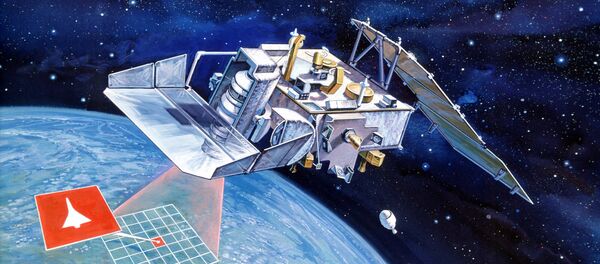"We need to fundamentally relook at the way that we are maintaining our domain awareness," O'Shaughnessy, who also leads US Northern Command, told the Senate Armed Services Committee. "It absolutely is going to have to include space and we really need to accelerate our work to put sensors in space that can help us understand the domain on the sea and in the air of the threats that are coming to our homeland."
O’Shaughnessy also said investing in anti-missile defence systems will be critical to countering Russia, which, according to him, represents the biggest near-term threat to the US homeland.
"[Russia] is not just a cyber threat. This is a kinetic threat with cruise missiles," the NORAD chief said. "We need to invest… if we are going to maintain our ability to defend."
Last week, President Donald Trump signed a directive that ordered the Pentagon to establish a US Space Force that would operate as the sixth branch of the armed forces within the Air Force, despite a 1967 treaty signed by more than 100 nations that ban the militarization of space.
READ MORE: Prof on US Space Force Creation: It May Have Grave Consequences for Humankind
The Pentagon said in a report in August that the US Space Force’s capability development efforts will focus on global surveillance for missile targeting and other priorities. The report also named Russia and China as key threats to US space capabilities.
READ MORE: Trump Signs Directive Establishing US Space Force


